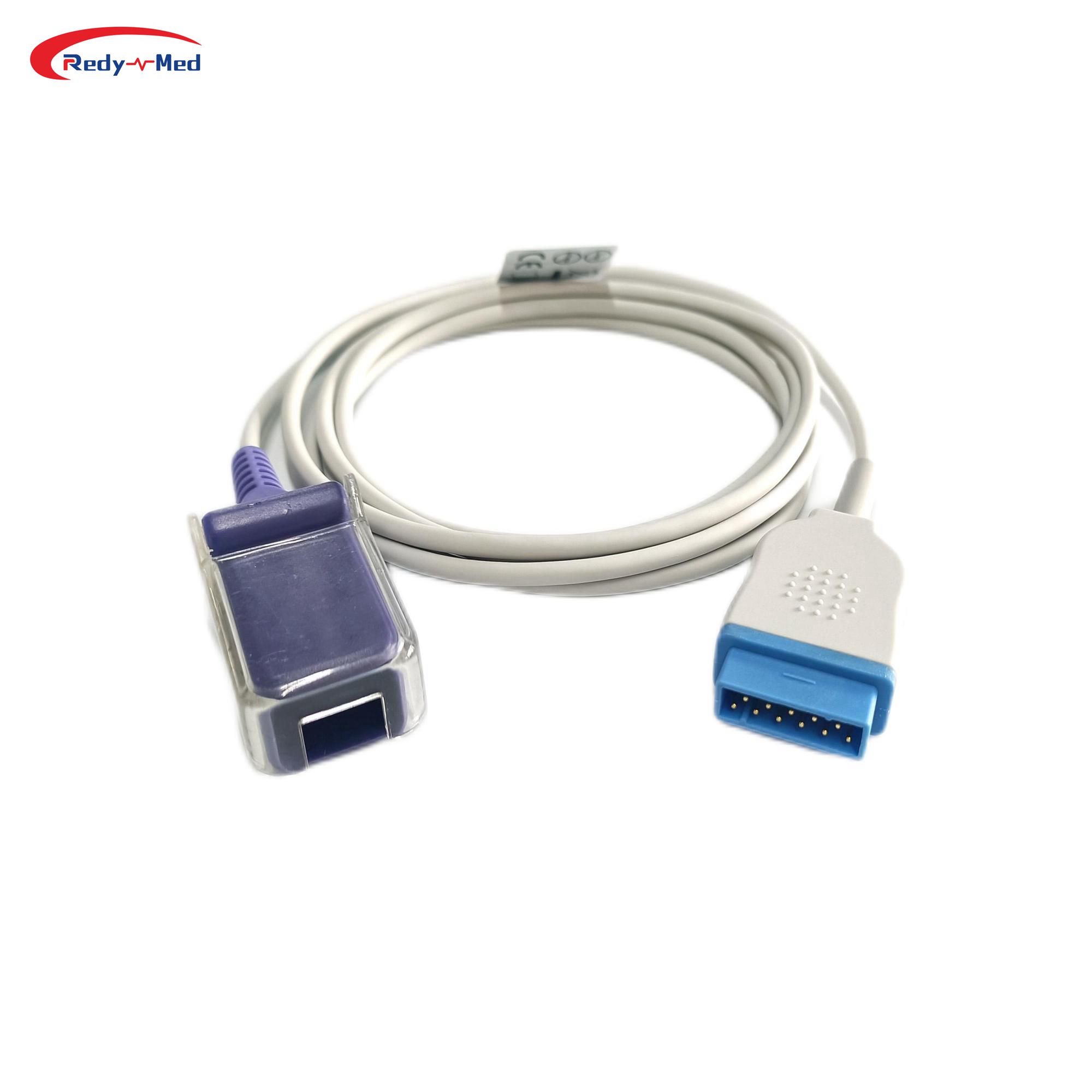
- Home > News > Industry News
Understanding the Accuracy and Precision of Disposable Blood Oxygen Sensors
2023-07-20 18:01:41
Exploring the Importance of Accurate and Precise Disposable Blood Oxygen Sensors

Disposable blood oxygen sensors play a crucial role in modern healthcare by providing clinicians with real-time measurements of a patient's oxygen saturation level. With the increasing demand for non-invasive monitoring, it is essential to understand the accuracy and precision of these sensors to ensure reliable clinical decision-making. This article aims to delve into the significance of accurate and precise disposable blood oxygen sensors and their impact on patient care.
The Difference Between Accuracy and Precision
Before delving into the intricacies of disposable blood oxygen sensors, it is essential to understand the distinction between accuracy and precision. Accuracy refers to the closeness of a measured value to the true value, while precision relates to the degree of consistency or reproducibility of multiple measurements. In the context of blood oxygen sensors, accuracy determines how closely the measured oxygen saturation level reflects the actual saturation, while precision assesses the consistency of repeated measurements.
The Impact of Accuracy and Precision on Patient Care
The accuracy and precision of disposable blood oxygen sensors have significant implications for patient care. Inaccurate measurements can lead to incorrect diagnoses, inappropriate treatment decisions, and potential patient harm. For instance, if a sensor consistently overestimates oxygen saturation, a patient may be subjected to unnecessary oxygen therapy, which can have adverse effects. Likewise, imprecise sensors may provide inconsistent readings, making it challenging to monitor the progression of disease accurately.
Additionally, the accuracy and precision of disposable blood oxygen sensors directly influence the reliability of clinical research and trials involving oxygen saturation measurements. Ensuring the uniformity and consistency of measurements across different sensors is vital for obtaining accurate and comparable research outcomes. Whether it is evaluating the effectiveness of a new medication or assessing the impact of different interventions, reliable measurements provided by these sensors are paramount.
Quality Assurance Measures for Disposable Blood Oxygen Sensors
To enhance the accuracy and precision of disposable blood oxygen sensors, manufacturers implement various quality assurance measures. These include rigorous calibration procedures, comprehensive testing against standard reference values, and adherence to regulatory guidelines. Additionally, ongoing surveillance and monitoring programs are essential for maintaining consistent performance and detecting any deviations that may affect the reliability of these sensors.
Moreover, healthcare professionals must be provided with proper training on the correct usage of disposable blood oxygen sensors. This training should encompass the proper positioning of the sensors, understanding potential sources of error, and correctly interpreting the data provided by the sensors. By ensuring healthcare professionals are well-versed in using these sensors, the chances of inaccurate or imprecise readings can be minimized.
Conclusion
As healthcare becomes increasingly reliant on non-invasive monitoring, understanding the accuracy and precision of disposable blood oxygen sensors is paramount. Accurate and precise measurements provided by these sensors are crucial for making informed clinical decisions, ensuring patient safety, and obtaining reliable research outcomes. By emphasizing quality assurance measures and providing proper training to healthcare professionals, we can enhance the overall reliability and consistency of disposable blood oxygen sensors, ultimately leading to improved patient care.
Get the latest price? We'll respond as soon as possible(within 12 hours)




